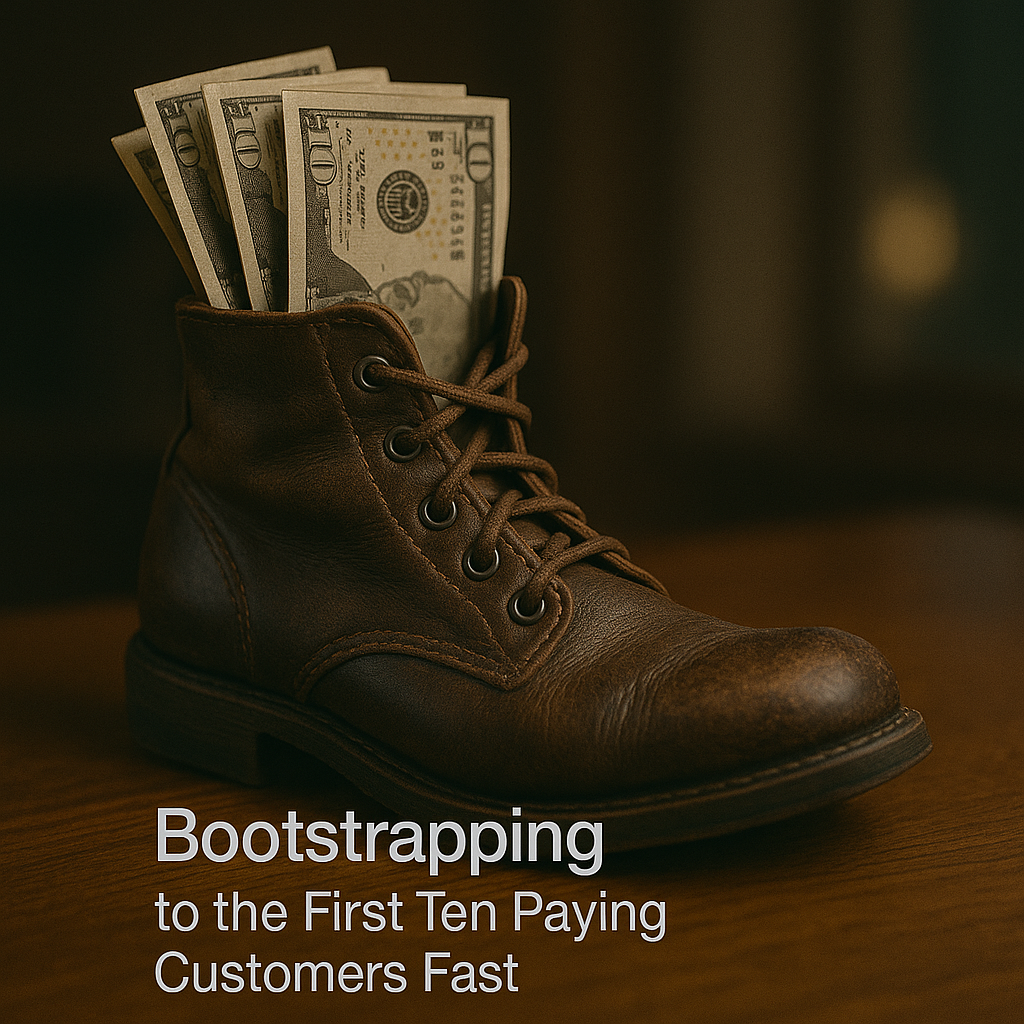In today’s fast-paced business landscape, entrepreneurs are exploring innovative financing options to grow their ventures. Royalty-based financing emerges as an attractive alternative to traditional equity or debt funding. Instead of surrendering equity or accumulating debt, startups secure capital by sharing a percentage of future revenues. This flexible model is increasingly popular among founders who want to retain control while accelerating growth.
Discovering a New Funding Avenue
Entrepreneurs often evaluate the pros and cons of various funding models when launching and scaling a startup. Royalty-based financing ties repayments to actual business performance rather than fixed deadlines or interest rates. Investors earn a predetermined percentage of future revenue, and repayment amounts adjust with the company’s income. This performance-based approach helps ease cash flow challenges by aligning payments with earnings, reducing the pressure on startups during lean periods.
By opting for a royalty-based funding model, founders can navigate early-stage uncertainties more effectively. This financing structure allows startups to manage cash flow fluctuations without the burden of high, fixed monthly repayments usually associated with traditional loans. Moreover, it is often more appealing than equity financing, as it avoids ownership dilution and simplifies decision-making.
Exploring the Benefits for Startup Growth
One of the primary advantages of royalty-based financing is its inherent flexibility. Unlike conventional loans with rigid repayment terms, royalty agreements adjust according to your revenue stream. This flexibility is particularly beneficial during seasonal fluctuations or slower growth periods. Many entrepreneurs choose royalty financing for startup growth because its organic repayment schedule grows consistently with the business.
Another significant benefit is the speed at which royalty financing can be secured compared to traditional bank loans or venture capital. Investors are compensated through future revenue shares rather than an ownership stake, streamlining the due diligence process. This rapid access to capital is crucial for startups seizing market opportunities or investing in essential operational improvements.
Furthermore, royalty financing allows business owners to retain full control over their companies. Founders can preserve their decision-making power and avoid the complications of equity dilution, making this model particularly attractive for rapidly growing startups seeking to maintain agility in a competitive market.
How Startups Utilize Royalty-Based Funding Models
Startups across various industries—from technology to consumer goods—are successfully using royalty-based funding to support their growth strategies. For a tech startup, for example, future revenue projections from subscription models can form the basis for royalty payments. Similarly, a manufacturing startup might tie repayments to increased product sales following a broader distribution strategy.
Investors in royalty-based arrangements are directly incentivized by the business’s performance. Their returns depend on the success of the venture, often encouraging them to provide not just capital, but also valuable strategic advice and operational support. This creates a collaborative partnership where both parties work together toward the mutual goal of success.
Understanding how startups utilize royalty-based funding models can inspire creative solutions to overcome growth challenges. This structure offers a reliable, scalable financial commitment that aligns investor returns with revenue, making it easier for businesses to manage operating costs during market fluctuations.
Adopting a Flexible Financing Strategy
While royalty-based financing offers many benefits, it is important for entrepreneurs to carefully assess their current and projected cash flow. Thorough planning, realistic revenue forecasting, and an understanding of market dynamics are essential before entering an agreement.
Consider the long-term implications of the repayment structure. Although payments adjust with revenue, many royalty agreements include a cap on total repayments, ensuring that returns remain proportional to the funds provided. This safeguard helps startups retain adequate capital for reinvestment while meeting their financial obligations.
For more insights into diversified funding options, explore resources like business funding insights or informative articles on Forbes. These platforms offer valuable advice on innovative financing models and can help entrepreneurs balance multiple growth priorities.
Entrepreneurs who approach royalty-based financing with clear strategy and comprehensive financial planning can harness its power to drive growth while maintaining operational control. By linking repayments directly to revenue, startups benefit from a natural financial buffer during slower periods and can capitalize on strong performance during prosperous times.
Finding the Right Fit for Your Business
Determining whether royalty-based financing is right for your startup involves a careful evaluation of your business model, growth trajectory, and financial priorities. This model is ideal for companies facing variable revenue streams, as repayment amounts automatically adjust with cash flow fluctuations.
For startups experiencing rapid growth yet facing unpredictable revenues, royalty-based financing can be a better alternative than equity financing, especially when preserving control is a priority. Running scenario analyses and consulting with financial advisors can help you understand how different revenue levels would impact repayment obligations.
Ultimately, success with royalty-based financing depends on establishing transparent communication between the entrepreneur and investor, with a shared commitment to future revenue growth. This strategic partnership not only funds the business but also supports long-term sustainability and operational agility.
Many startups have discovered that this adaptive financing approach enables them to invest in key growth areas—such as technology upgrades, market expansion, or talent acquisition—while mitigating financial risk during uncertain times. Royalty-based financing is more than just an alternative funding option; it builds a foundation for a collaborative, resilient, and thriving business.
For tailored advice on implementing royalty-based financing, consider reaching out to platforms like startup growth and financing solutions. With expert insights, you can navigate the evolving landscape of business financing and position your startup for lasting success.
The adaptability, reduced repayment pressure during lean periods, and the alignment of investor and business interests make royalty-based financing a compelling model for modern startups. This innovative approach not only secures essential capital but also fosters a collaborative partnership that drives sustainable growth.
By understanding and implementing royalty-based funding models, entrepreneurs can secure the resources they need while keeping control of their companies. This method paves the way for steady, performance-driven growth, ensuring your startup remains competitive in an ever-changing market.
- Royalty-based financing ties repayments directly to business revenue, providing flexibility during growth and slow periods.
- This model avoids equity dilution, allowing entrepreneurs to maintain control over key decisions.
- Startups can match investor returns with business performance through revenue-linked financing.
- Strategic planning and clear communication are essential for successfully implementing royalty-based financing.









